Why retail and commercial markets need to be factoring data/mission critical design
By Bill Palladino, AIA, NCARB
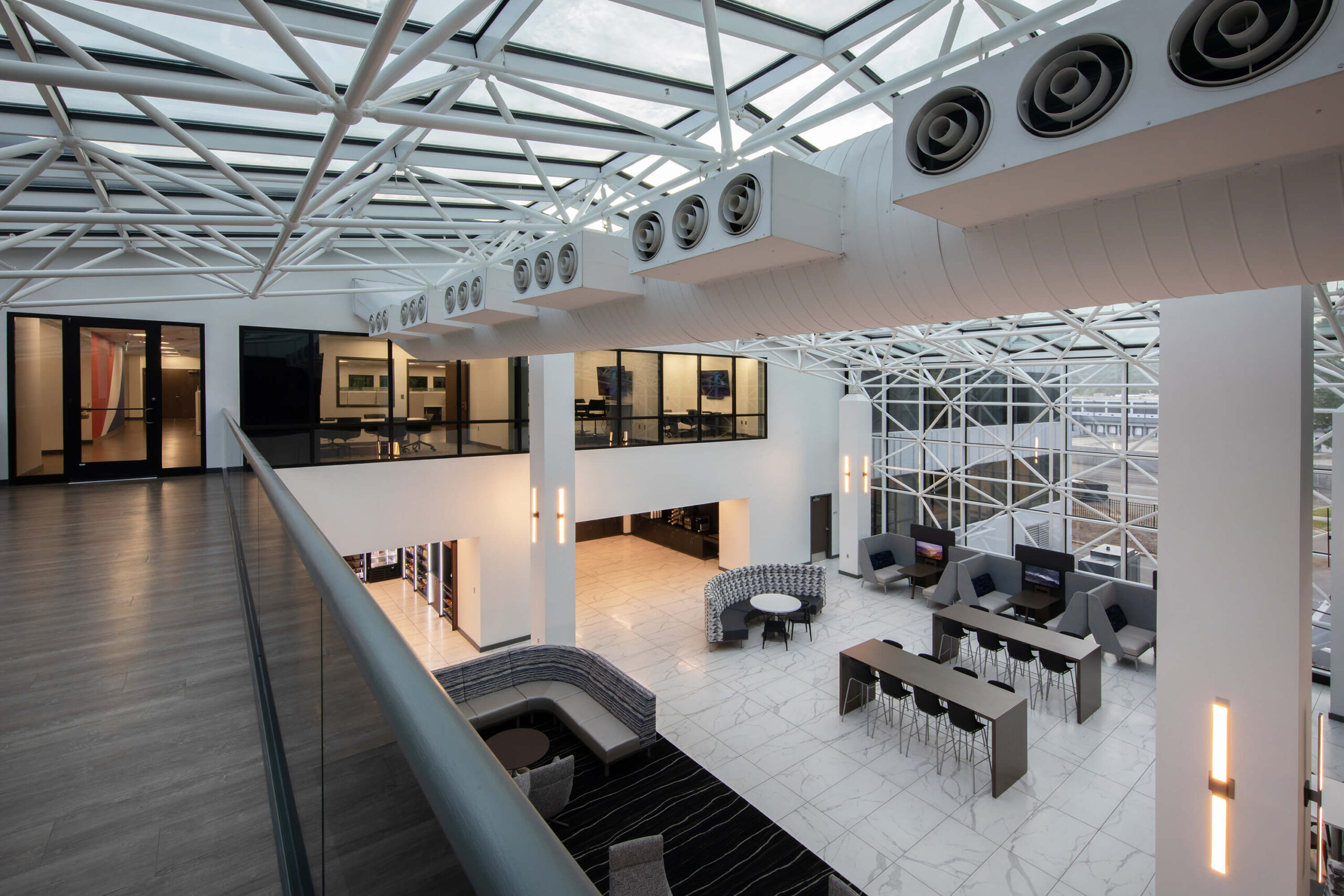
It wasn’t long ago that the term mission-critical facility brought to mind military installations or highly fortressed buildings where governments carried out their most sensitive operations. Over time, buildings housing financial records, hospitals and data centers were also designed with their critical functions in mind. In today’s world of ubiquitous computing, where so much of our daily lives are carried out digitally, almost every place we go needs to provide a measure of security and privacy. In fact, we need to acknowledge on the front end that “waiting space” is now working space, and that anytime an individual stays for more than a few seconds in a facility, they are quite possibly taking part in a work effort or conversation that deserves security and appreciation.
Whether meeting in a conference room, catching up on emails at a coffee shop, or paying some personal bills online back at our apartment or condo, people need to know that the space they are in is safe from prying eyes, whether they be real or digital. As cyber-attacks rise and security becomes increasingly prized, commercial developers that provide these types of living- and working-critical facilities will set themselves apart from the competition. Digital security features can become a value-added component to commercial and mixed-use building development.
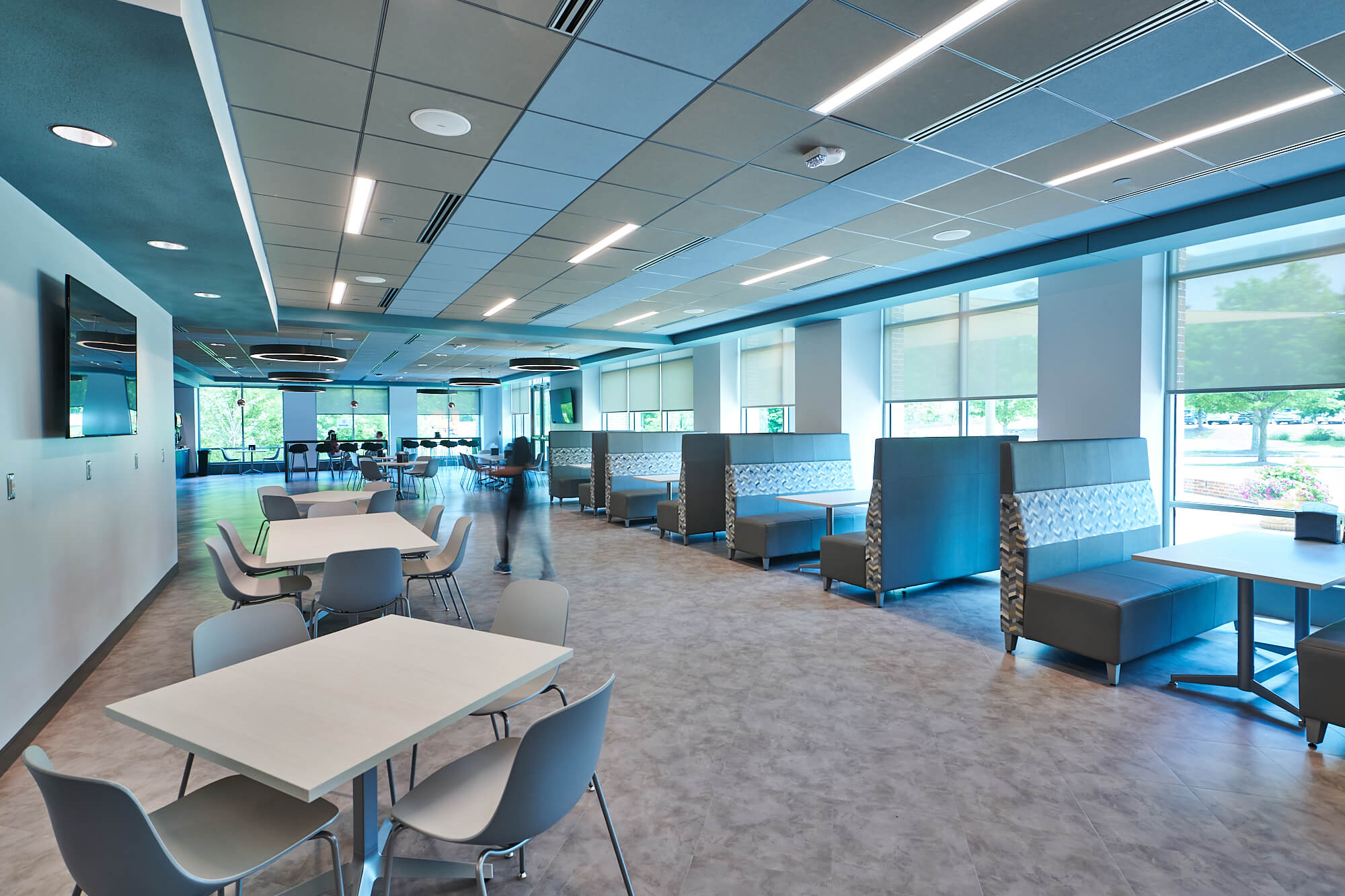
Rapid advancements in technology, spurred along by the shutdowns and restrictions brought about by the pandemic, have changed the way that we go about our business. More people are working from home (or wherever they happen to be at any given time) and on new schedules. Companies are downsizing their offices, or in some cases, cancelling leases altogether. But it is important that the security, resiliency and resources that were built into the dedicated workspaces of the past can be replicated in the new environments where sensitive information is being disseminated and activities are being conducted.
The reality going forward is that there is no longer a defined line between where a person’s work life ends and personal life begins, because those lives happen more and more in the same places and spaces.
Work from Home
By 2025, it is estimated that almost a quarter of the U.S. workforce (32.6 million people) will be doing their jobs remotely from home. Mixed use, multifamily residential developers need to be aware that – whether they ever intended to or not – they are crossing over into the commercial realm in terms of providing their tenants with the facilities and amenities they will require to work effectively from home.
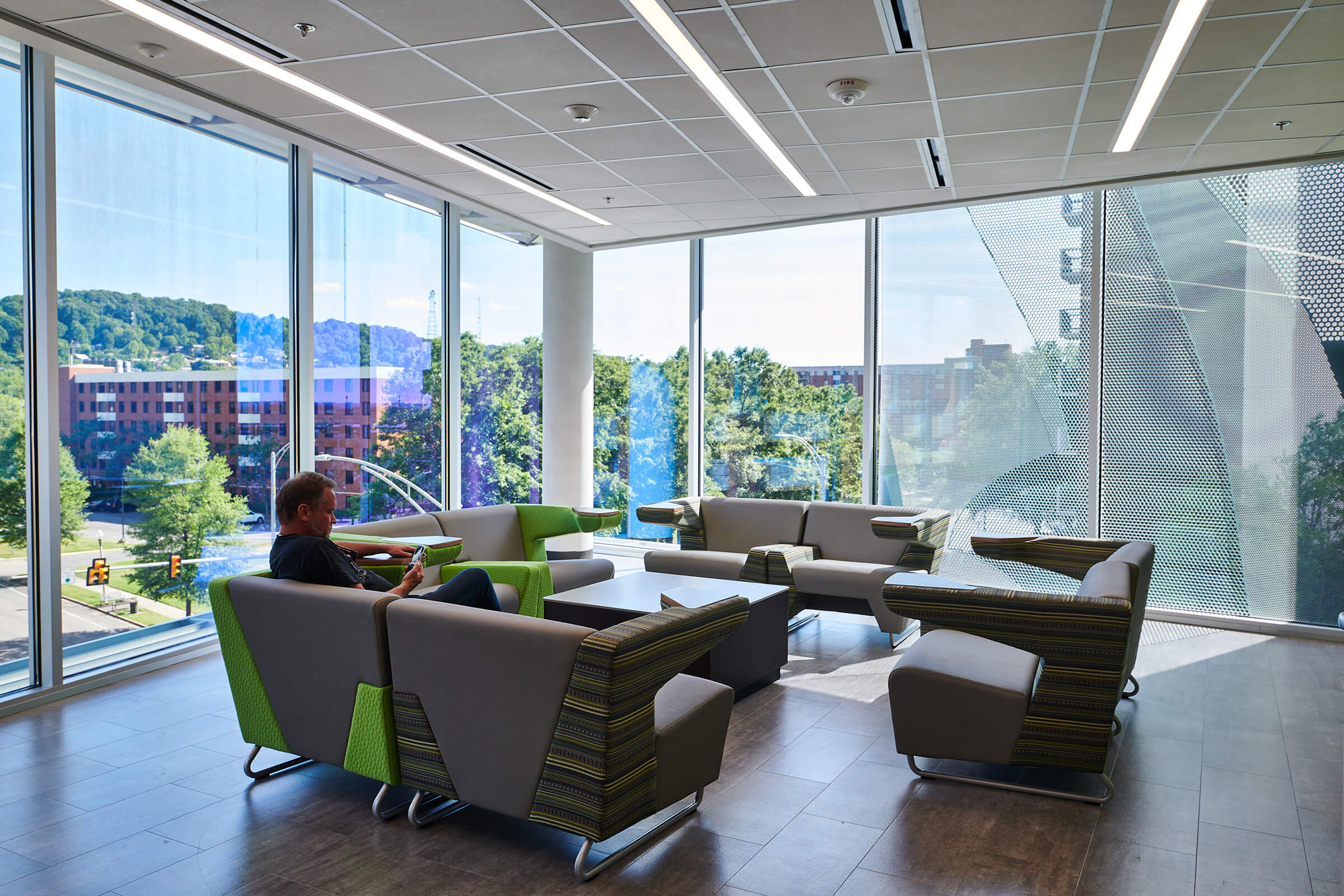
What does this mean from an infrastructure standpoint? Electrical systems will need to be made more robust to handle increasing and more varied power demands. Likewise, a power outage will no longer just mean a tenant can’t watch TV, but they will also be out of commission in terms of work, unless their housing development has a sufficient backup generator. Decisions will need to be made whether to prioritize the resiliency of IT networks within residential and commercial developments. Laptops can function on battery power, but the networks they need for productivity need to be made resilient.
Thick walls have always been useful for screening out loud neighbors, but soundproofing takes on a new level of importance when residents are using their back bedroom to conduct confidential calls. Developers may even want to consider adding a highly-secure and smartly-equipped conference room to the complex that can be reserved by tenants. As Enterprise-IT-as-a-Service becomes more prevalent, it may become advantageous when developing residential and mixed-use projects to incorporate government- or industry standard-accredited security spaces or limited-access business areas.
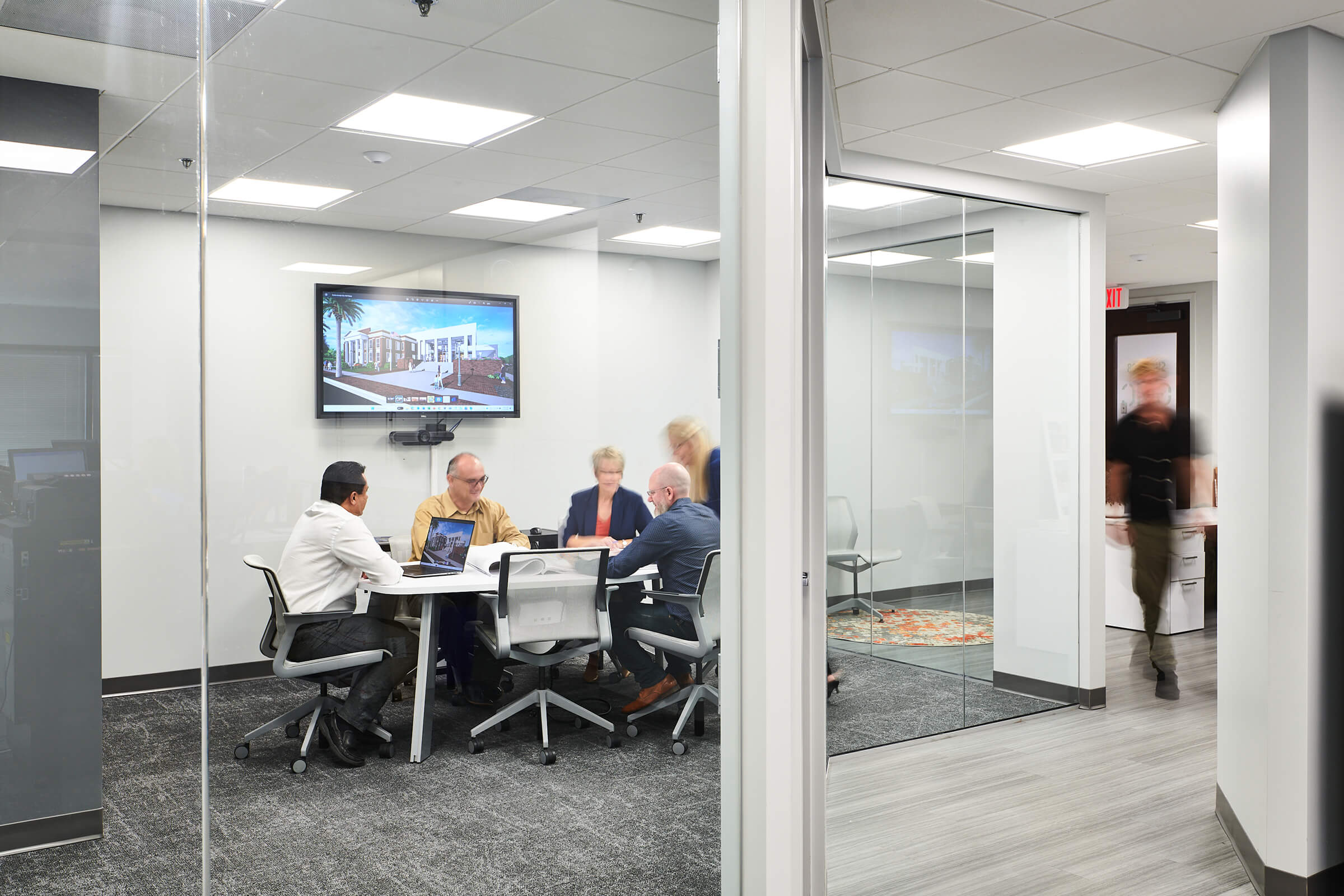
When people can work for companies located around the world, it is becoming more common for people to change their standard working hours to match those elsewhere. For instance, 20 years ago most people would be very upset if their neighbor woke up at 4:00am every day to prepare for their day, when now someone in the Bay Area or Seattle might do it just to be on the same workday schedule as their east-coast coworkers.
Providing additional welded conduits and access for tenants to bring their own networks and connectivity into buildings will become a selling-point. More and more, renters will begin looking for these types of features when deciding where to live and residential properties that provide them will be in high demand.
Additional design considerations also factor into successfully appealing to the market include the sending and receiving of physical property. Steps taken to secure incoming and outgoing packages, such as lockers or holding areas, that could contain sensitive information or materials will be a selling point. Video doorbells are becoming the norm at institutions and individual homes; we should expect that renters and condominiums are going to want that same ability to vet those they let into the building. And, thinking about the organization of living and workspaces will become more critical, where space planners will need to take heed of windows and adjacencies to other tenants to prevent network snooping.
Work from Wherever
Working From Home doesn’t always mean working at home. One of the benefits of a flexible work schedule is the freedom to break from the routine and writing that report or studying the quarterly numbers down at the diner or bakery. Young people in particular are more likely to venture out of their homes to find more communal places to do their work. Shops and restaurants that don’t mind when a customer opens up a laptop and stays a while can cater to that demographic by marketing their secure and business-friendly setting.
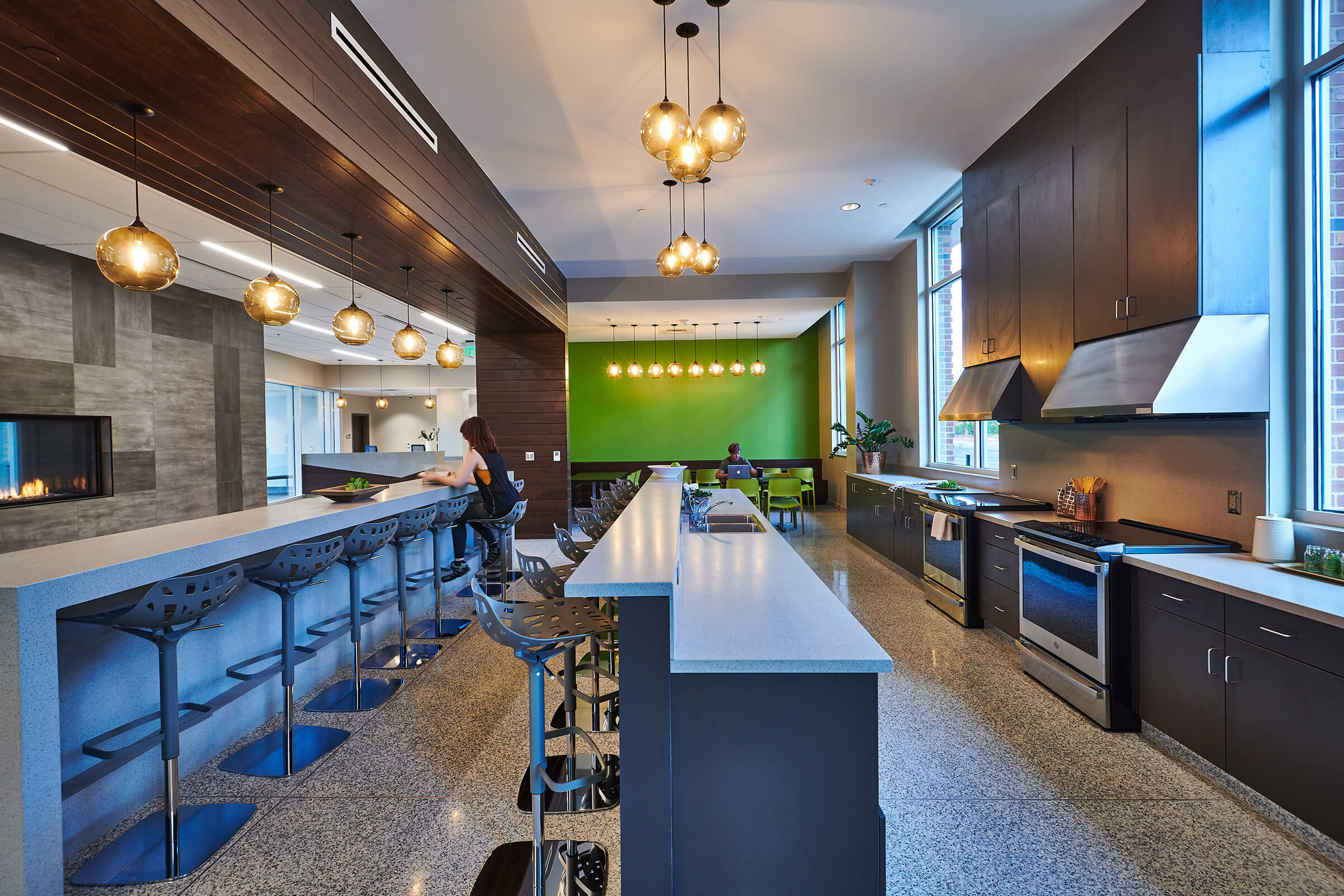
When designing such a space, retail and commercial developers should consider a project team with experience in the types of facilities where robust security is the norm. Again, reliable power comes into play, but there are also nuances with how an interior space is laid out that should also be considered. For example, tables and booths can be arranged in such a way that doesn’t allow strangers to look over someone’s shoulder and see what is on their screen.
Seating and eating areas in a restaurant setting can also be organized, sized, and designed to prevent “leave behind” hacking attempts by allowing patrons space to keep their bags and property close and inaccessible by those walking by.
Whether it is a flaw or a feature (or a combination), one of the realities of working in the modern age is that the job is never further away than the phone in your pocket. As such, almost every public space is a place where potentially sensitive information is being transmitted. Football stadiums, gas stations, train depots – moving forward, the way we design these facilities must take into account that the people passing through have certain needs and expectations when it comes to privacy, security and services related to functioning in a digital world.
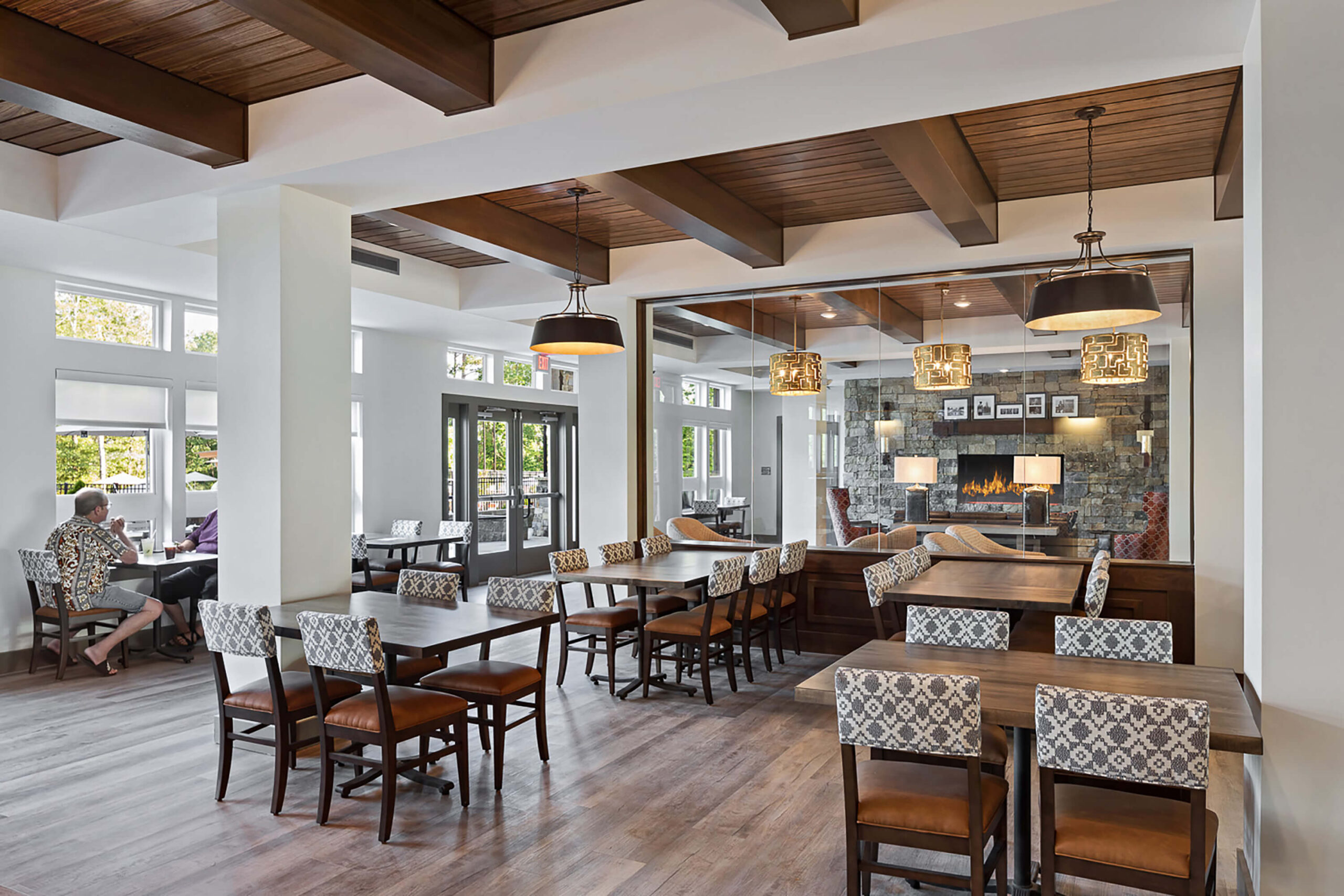
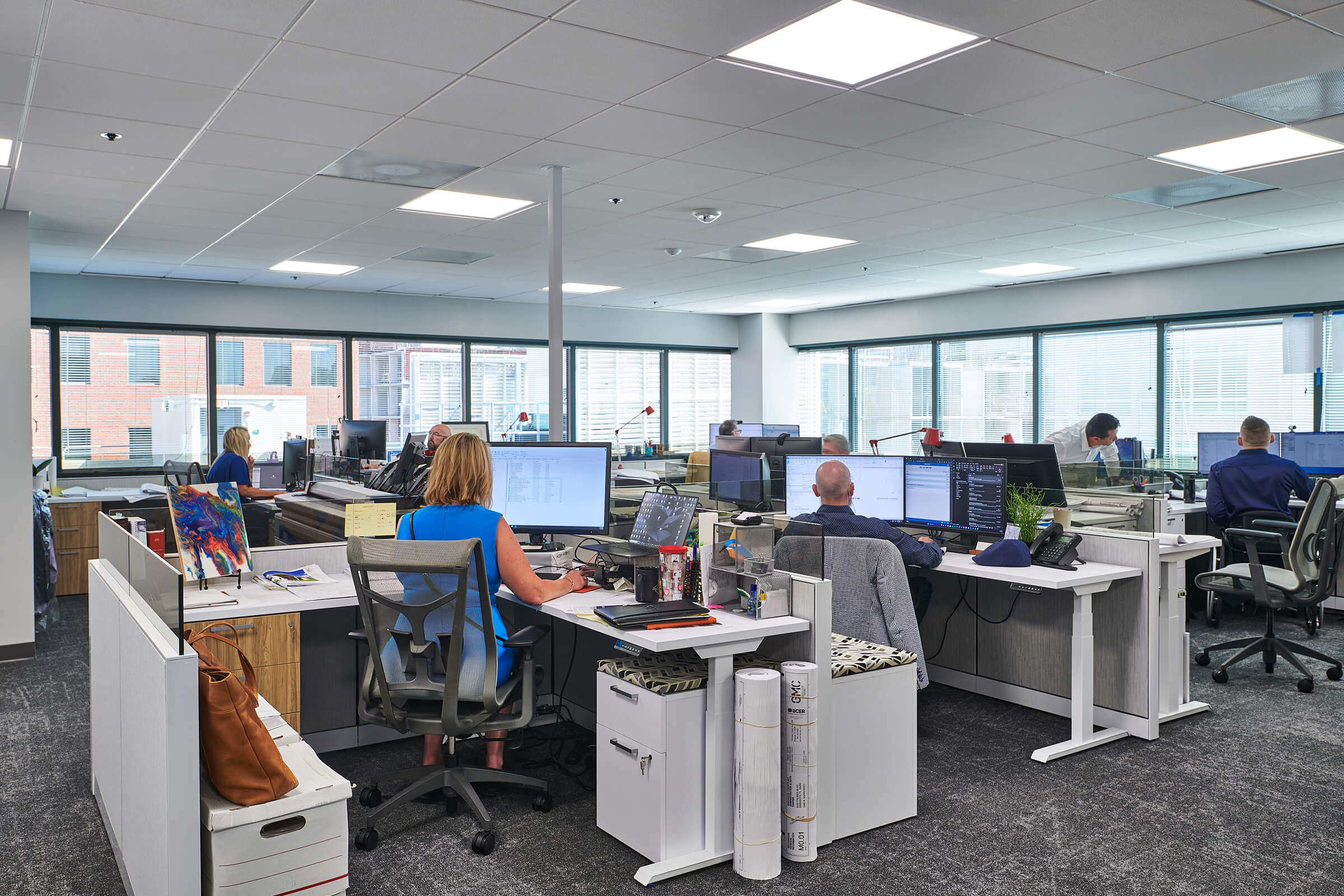
How well these needs and expectations are met will determine how successful these facilities are in fulfilling their function. It’s something that every owner, developer, property manager and real estate agent wants to be considering in how the retail and commercial markets need to be factoring data/mission critical design given our digital world.
Bill Palladino, AIA, NCARB serves as Goodwyn Mills Cawood’s architecture practice leader in Augusta, Georgia. With a decade of IT and network administration experience prior to his 15+ years in architecture, Bill specializes in the integration of technology into buildings and their systems. His experience includes the design and management of commercial, institutional, education, hospitality, multifamily and industrial projects for public and private entities throughout the Southeast.